What Happened To George Owen Smith And The Dead White House Boys?
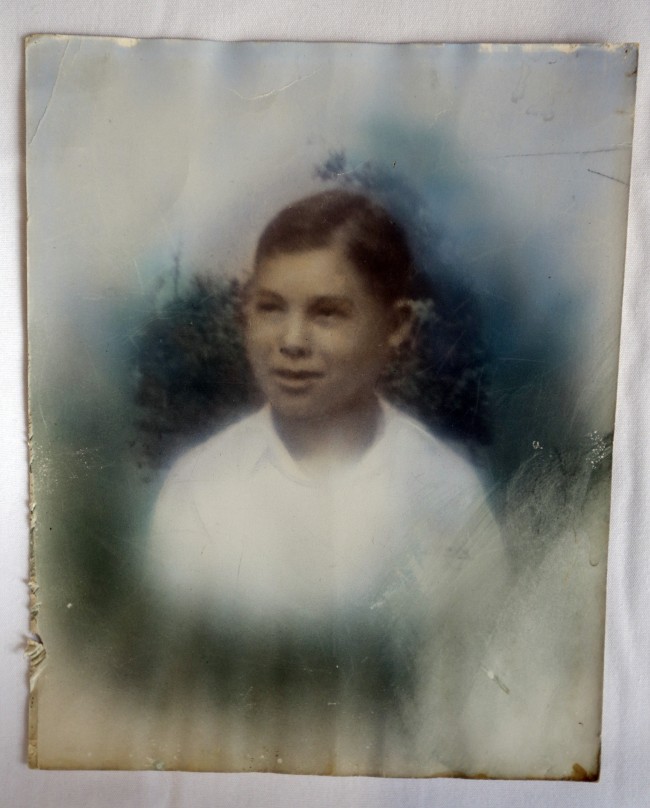
GEORGE Owen Smith is the first victim positively identified from one of the 55 unmarked graves at the former Arthur G. Dozier School for Boys in Marianna, Florida.
Smith was 14 when he was sent to the school in October 1940, and was never seen alive by his family again.
…….
Smith had been sent to the home as punishment for being with a friend in a stolen car.
Was he so bad? This was his wallet. The Junior G-Man. Kid’s stuff.
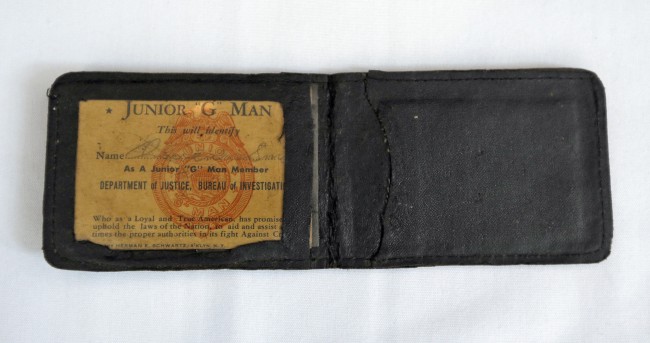
A wallet owned by George Owen Smith
In December 1940, Owen Smith’s mother Francis Smith wrote to the superintendent of the then-Florida Industrial School for Boys about the welfare of her son. Superintendent Millard Davidson replied by letter.
How was Geroge? He didn’t know. George had vanished.
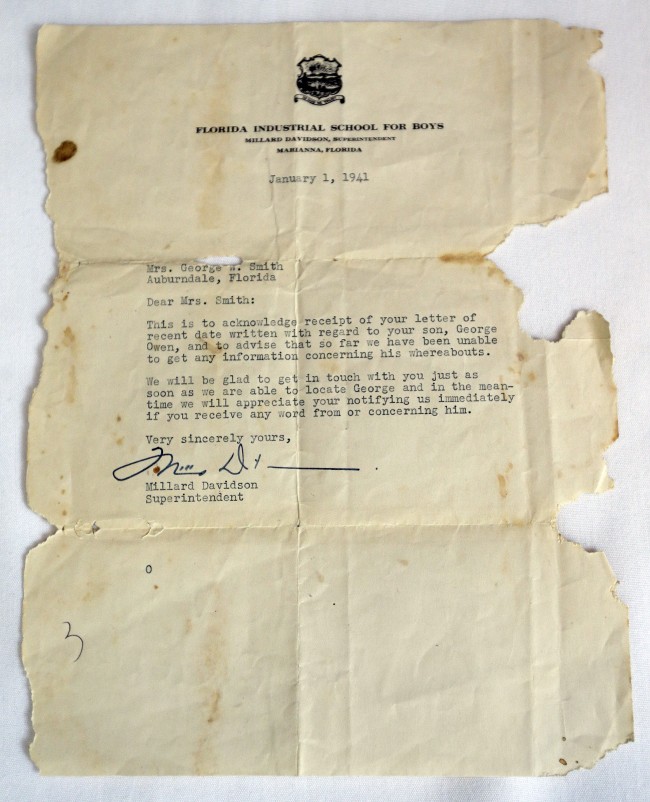
A Jan. 1, 1941 letter from the Florida Industrial School for Boys superintendent Millard Davidson sent to George Owen Smith’s mother
The school found George. In a grave. They said he’d been found dead beneath a house. He’d tried to escape. The cause of death was pneumonia.
The school buried him.
They wrote again to Mrs Smith:
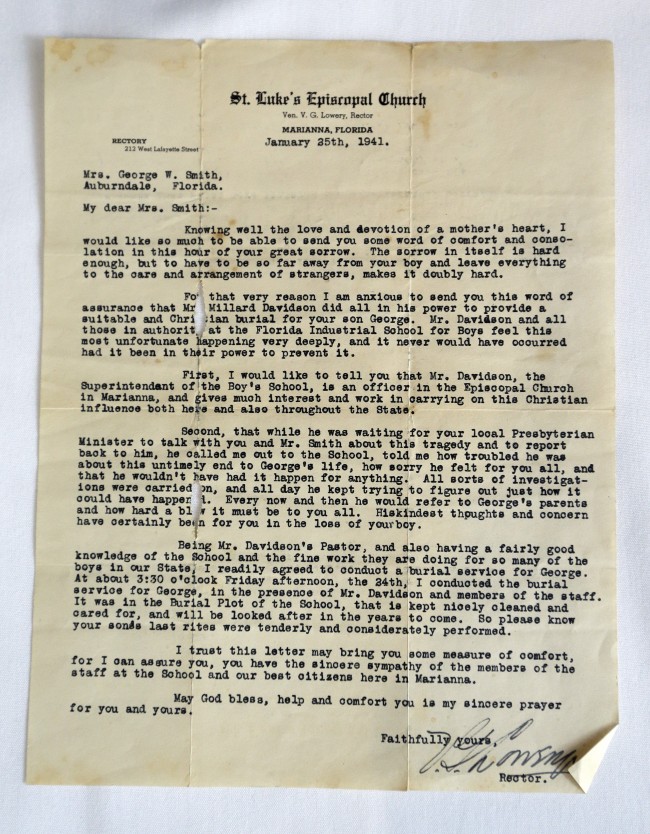
Owen got his fine Christian burial in a two-foot grave, lying on his side with his hands over his head.
What happened to him? And what happend to the others who occupy the other unmarked graves?
The Tallahassee Democrat reports:
Many former Dozier inmates from that era call themselves ‘The White House Boys’ after the white building where they say the worst abuse took place.
At its peak in the 1960s, 500 boys were housed at the Dozier school, most of them for minor offenses such as petty theft, truancy or running away from home.
In 1968, when corporal punishment was outlawed at state-run institutions, then-Gov. Claude Kirk visited and found the institution in disrepair with leaky ceilings, holes in walls, cramped sleeping quarters, no heating for the winters and buckets used as toilets.
“If one of your kids were kept in such circumstances,” he said then, “you’d be up there with rifles.”
Some of the bodies were found under roads or overgrown trees, well away from the white, metal crosses marking the 31 officially recorded graves.
Raw Story has heard the rumours:
In 2010, a Florida Department of Law Enforcement investigation concluded that due to the passage of time, no evidence remained to support allegations of physical and sexual abuse at Dozier. Searchers excavated the school cemetery to check out local legends and family tales of boys, mostly black, who died or disappeared without explanation from the school early in the last century.
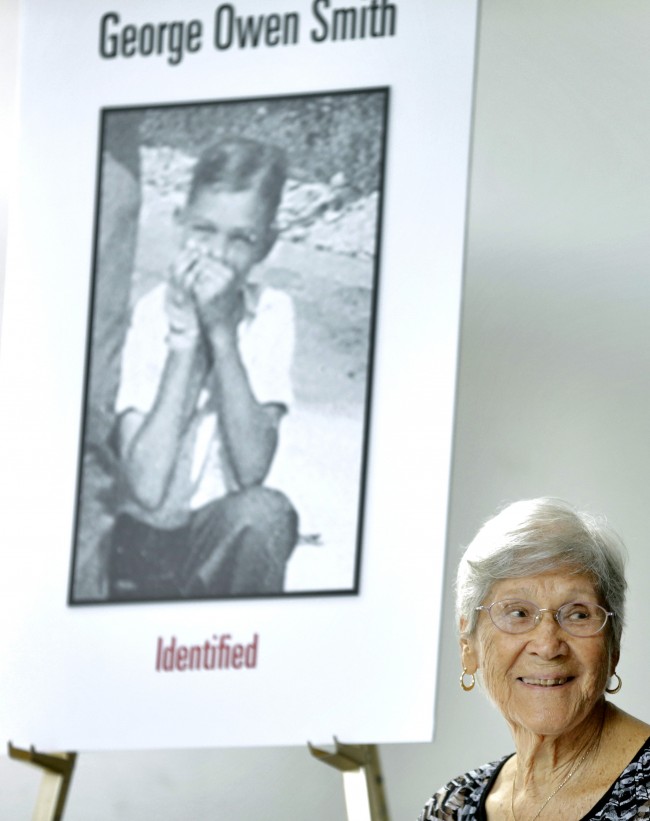
Ovell Krell, sister of George Owen Smith
The Wall Street Journal:
Ms. Ovell Krell, 85 years old [George’s sister], said her family always doubted the school’s version of events, especially since the school said Owen had been buried just before the family arrived to retrieve his body. “My father’s last words were, ‘As long as you live, will you keep trying to find Owen?’ ” Ms. Krell said. “My mother’s last words to me were, ‘If at all possible, bring him back to us.’ ”
Ms. Krell said she has a “peaceful mind” now that forensic anthropologists with the University of South Florida in Tampa have identified her brother’s remains, thanks in part to a DNA match made with a swab from her cheek. Ms. Krell said eventually she will scatter her brother’s ashes between their parents’ Auburndale, Fla., gravesites. “In my heart, I think they’ll know he’s there,” Ms. Krell said.
The DNA match is a milestone in the yearslong investigation into the Dozier school, an institution for wayward youth open from 1900 to 2011. The state long tamped down allegations of brutal beatings, rapes and forced labor, but last year allowed an independent excavation of the cemetery there, under pressure from relatives like Ms. Krell and former students.
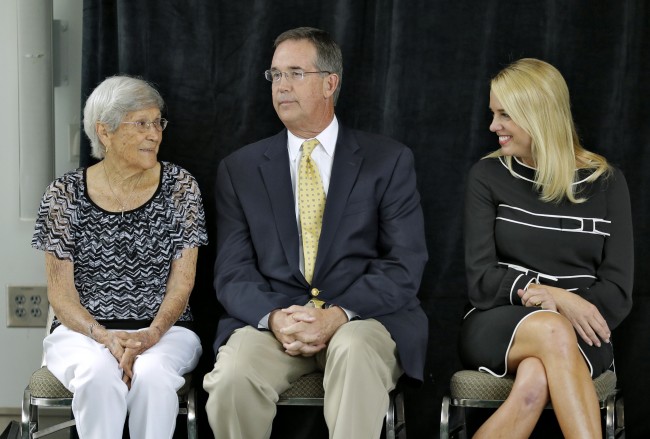
Ovell Krell, left, talks with Florida Chief Financial Officer Jeff Atwater, center, and Florida Attorney General Pam Bondi during a news conference Thursday, Aug. 7, 2014, at the University of South Florida in Tampa, Fla
Said Orvell Krell, who was 12 when her brother died:
“I stake my life that there was a conspiracy.”
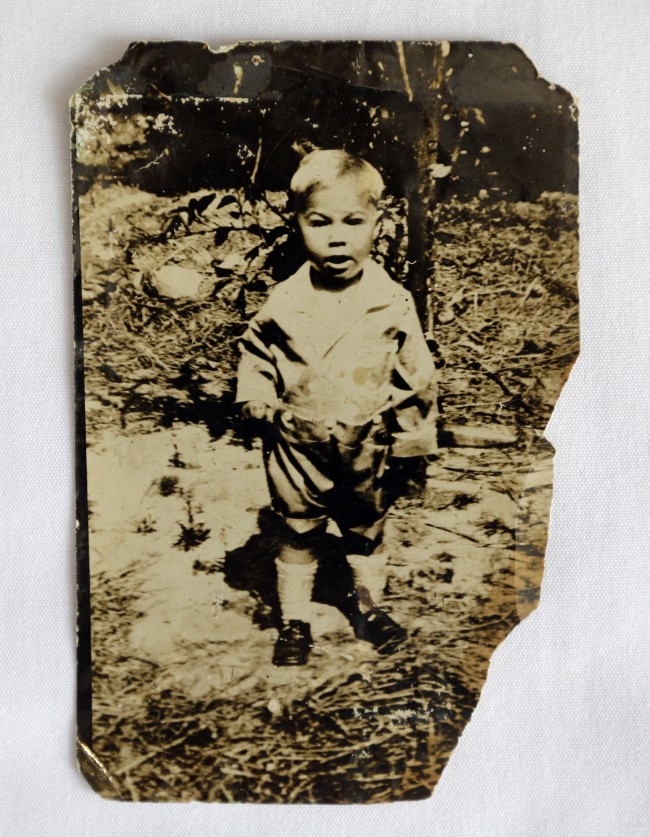
The aforesaid White House Boys has an aponymous website run by a former resident called Roger Dean Kiser.
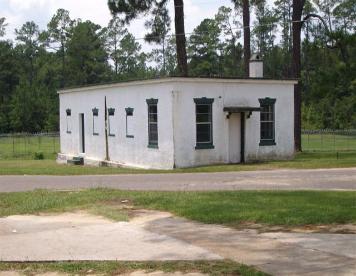
The White House
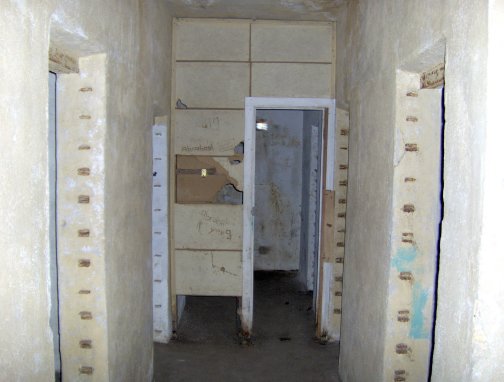
The White House
He writes:
My story and the stories of some three hundred other men, contained on this web site, will give the readers some idea of the terrible abusive and bloody horrors that were suffered by these men when they were children. Children, some as young as five or six, who ran away from physically, sexually or verbally abusive homes; yet were labeled as incorrigible children by the juvenile court system of Florida. Under court order these children were sent away too physically work on state owned farms located at The Florida School for Boys at Marianna. In addition these same children were used by the local Marianna, Jackson County community working on ranches and unloading railroad cars for as long as twelve hours a day without any pay whatsoever. That in itself was terrible but nothing compared to what was happening behind closed doors at the institution. Many boys disappeard during the night and were never heard from again. Now bodies are being discovered around the campus.
He tells of brutal beatings. He says the black boys got worse:
Dark tales.
The St Petersburg Tiems:
Once the White House Boys told their stories in front of the cameras, other men came forward with other memories.
George Goewey heard about the newspaper story at a St. Petersburg Starbucks. He remembered how the one-armed man would swing from down low, and how the strap would hit the ceiling, and how you could time the pain.
Eddie Horne was at work at a downtown St. Petersburg Publix when he saw the newspaper photograph of the White House. God’s got a beating coming for the men who swung that strap, he says.
One man told of how he had holed up in the library, reading Tom Sawyer 11, 12, 13 times, to hide, to stay out of trouble. One remembered a kid who tried to run away and died from exposure while hiding under a cottage. Another had a story about a boy who was taken to the White House and never seen again.
Most of the men recalled being beaten by two staffers: R.W. Hatton and the one-armed man, Troy Tidwell. At least three men described being sexually abused by other guards in an underground room they called the rape room.
And there was something else. Newspapers had published a photograph of a small cemetery. Thirty-one white crosses. No names.
But names can be attributed to the place:
What they said
June 1, 1903: Report from investigative committee to the Florida Senate
“We found them in irons, just as common criminals, which in the judgment of your committee, is not the meaning of a ‘State Reform School,’ as defined by the law creating said school, and should not be so construed by those in authority of said Reform School. We have no hesitancy in saying, under its present management it is nothing more nor less than a prison, where juvenile prisoners are confined.”
1911: Report from an investigative committee
The children are “at times unnecessarily and brutally punished, the instrument of punishment being a leather strap fastened to a wooden handle.”
Jan. 5, 1915: Jackson County grand jury
“We … find that the employees were men who were not settled in life, who have had no experience in raising boys of their own or anybody else’s and who know nothing about the science of bringing up children in the way they should go. We find that the young men having direct supervision of the boys were immoral and not proper persons to lead wayward boys toward reformation.”
March 18, 1948: Superintendent
Arthur G. Dozier“When a boy leaves Marianna, he is in good health, has caught up with his studies, has a new set of values, a fair basic knowledge of a trade and is usually resolved to lead a new and better life.
“The chances are about three to one that the boy will have no further conflict with law enforcement agencies.”
March 3, 1958: Dr. Eugene Byrd, testimony before a U.S. Senate subcommittee on juvenile delinquency
“There are two rooms, one room in which they weighed in; the other room in which they are beat consists of a cot on which they lay down. They are told to hold the head rail and not to yell out nor to move. They are beaten by the director of the department, not the superintendent of the school. The superintendent does witness each beating.”
March 11, 1958: Superintendent
Arthur G. Dozier“There has been no brutality in this school.”
Dec. 21, 1967: Joseph Miele, a Pinellas County court-appointed defense attorney, arguing his client, Gary H. Reed, shouldn’t be sentenced to Marianna
“If you send him up there, you will be putting a good apple in a barrel with some rotten apples. Up there they are going to teach Gary to do things without getting caught.”
March 20, 1968: St. Petersburg Times news story
“Roy Manella, an official of the U.S. Department of Health, Education and Welfare, said at a Tallahassee news conference that the Marianna institution was one of the worst examples in the nation of a boys’ reform school.”
March 31, 1968: “Hell’s 1,400 Acres,”
St. Petersburg Times“Here, friends, are 605 of your delinquent children. If they weren’t Really Bad when they got here, chances are they’re learning. Learning to sniff glue, gasoline and shoe wax. Learning to steal cars and break into groceries in a more professional way. And sometimes learning about sodomy and other perversions.”
Feb. 24, 1969: Judge Frank Orlando, Fort Lauderdale
“When a couple of boys I sent up there came over to say hello I felt like a rat for sending them to that place.”
Feb. 25, 1969: Evening Independent editorial
“It is time that we quit being shocked every time an outsider visits Marianna. It is time we found out why such conditions continue to exist and who is responsible for them.”
Nov. 24, 1982: St. Petersburg Times editorial
“The cruel practice cannot be justified. Guards wouldn’t be allowed to hogtie inmates in adult prisons. Why should authorities be allowed to do something that barbaric to children? State officials responsible for allowing the practice deserve more than admonishment. They should be fired.”
Did the lucky ones survive..?
Posted: 12th, August 2014 | In: Key Posts, Reviews Comment | TrackBack | Permalink


